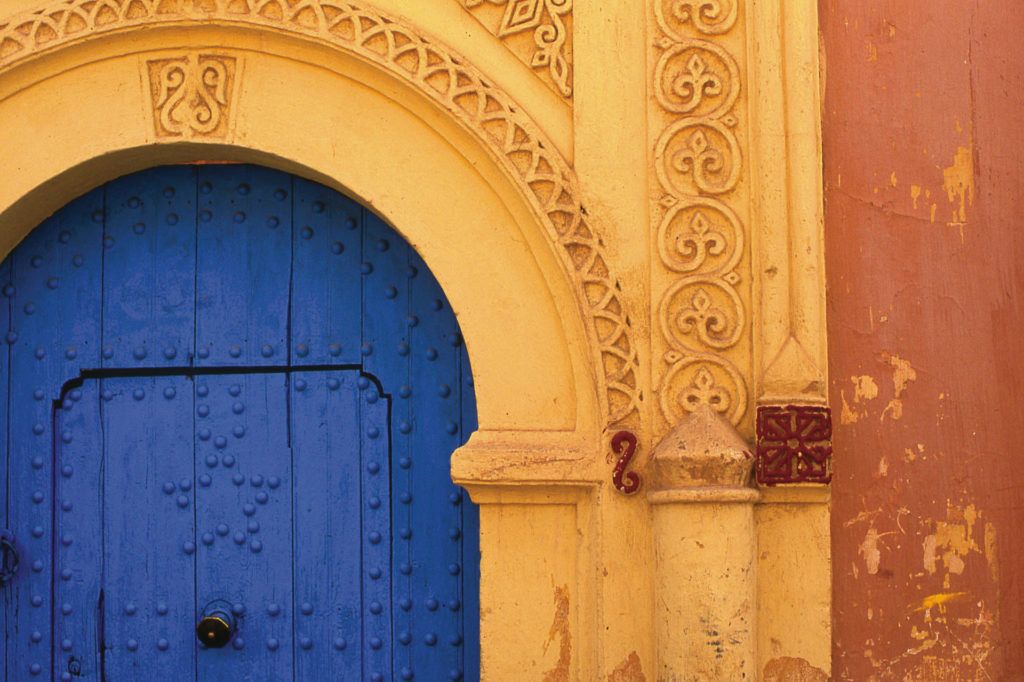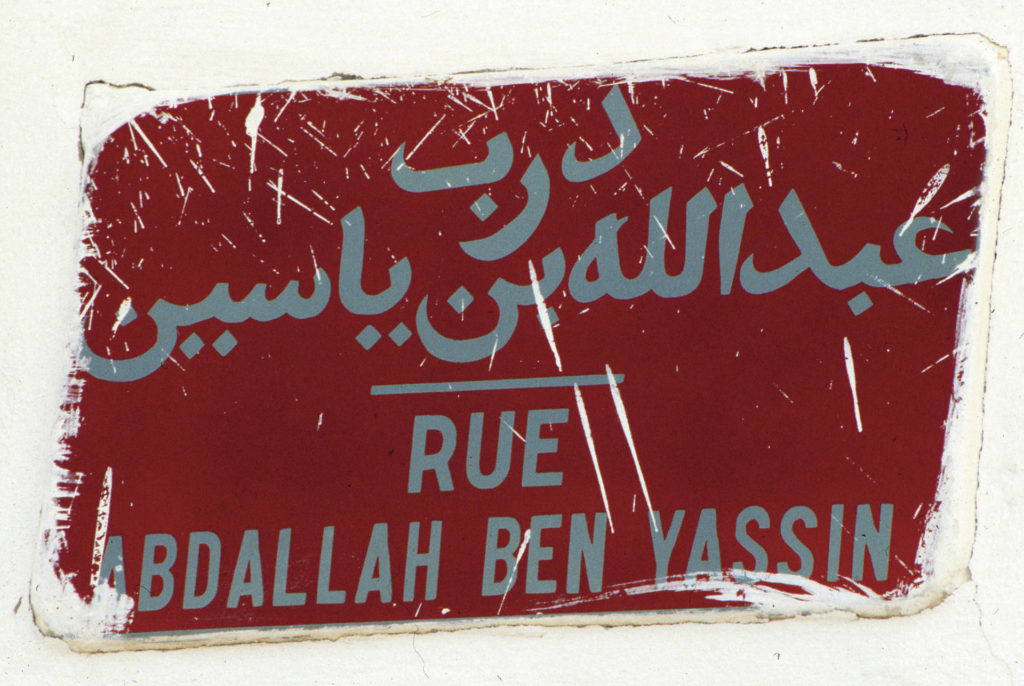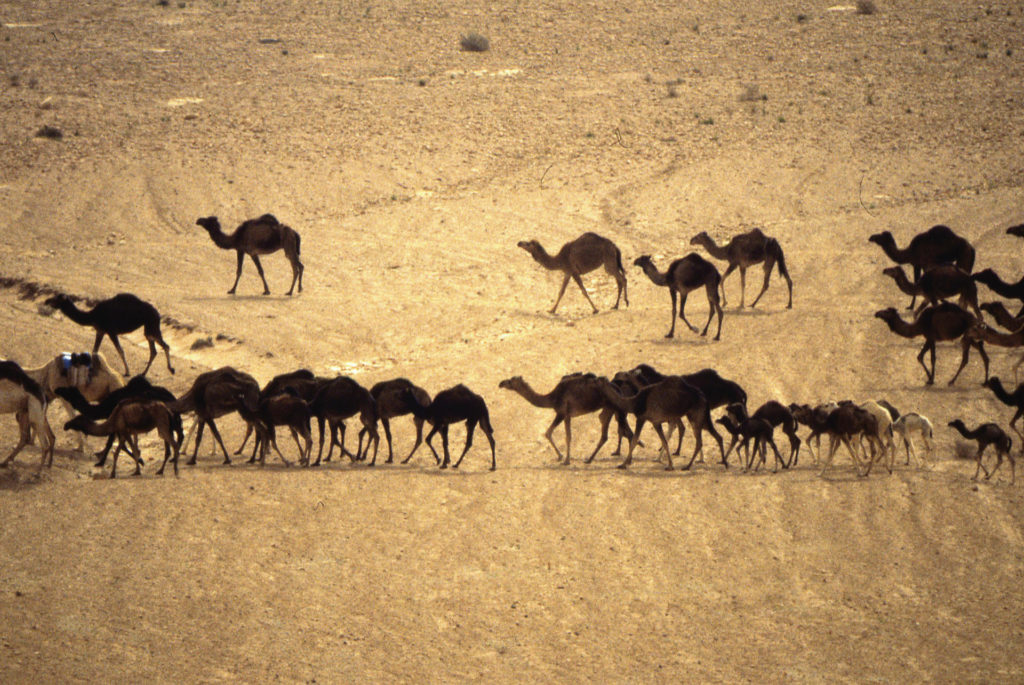Desert, mountains and sea are the backdrop for the story that is Morocco. Upon this natural canvas the amazing colors of history and culture have been exuberantly painted through the ages, creating a land which leaves indelible impressions on every visitor who has chanced to pass this way.

So close to Europe that it nearly touches it, Morocco still has traces of early 20th century French and Spanish colonial influence visible today. Yet Morocco is a part of Africa—an ancient land born of indigenous Berber tribespeople, Arab and Saharan warriors and traders, migrants and slaves.
It is further defined by its predominant Islamic religion, with its reigning monarch, His Majesty King Mohammed VI, tracing his lineage back 14 centuries to Mohammed, the prophet of Islam himself.
Morocco stretches across northwest Africa, bordered by both the Mediterranean Sea and the Atlantic Ocean. While many worthy cities and towns invite the travelers’ attention—from Fès to Meknès, Tangier to Casablanca, Taroudannt to Tiznit—one of the most fascinating and most visited of them all is Marrakesh.
The heart of Marrakesh is the medina, the old quarter, centered by the 12th century Koutoubia Mosque whose imposing 70-meter high minaret can be seen from a great distance as it towers over the low-rise buildings. Five times a day the chanting muezzin calls the faithful to prayer; the first time already before sunrise.
Everyone in Marrakesh—residents, tourists, visiting country folk too—comes to Djemmaa el Fna. This enormous plaza is filled with a dizzying and raucous assortment of vendors, soothsayers, traditional herbalists and makers of magic potions.
Even more, there are henna artists, tooth pullers, juice sellers, snake charmers, musicians, jugglers, acrobats, storytellers….And just steps away is one of the arched entrances to the souk, a huge market as lively and colorful as the sights just left behind.
Earthen red is the characteristic color of old Marrakesh walls. Glazed polychrome tiles decorate buildings and floors. Doors are often painted in surprising and delightful colors. The hand of Fatima motif, symbolic of Mohammed’s daughter and appealing for good luck, is seen carved in stucco door frames or hammered in metal and hung on walls.
There are many old palaces, some of which have been restored for continued luxurious residential use, while others have been converted into atmospheric hotels and restaurants or splendid museums. The evocative ruins of the Badi Palace provide an interesting counterpoint to the dazzling royal Saadian Tombs nearby.
After the excitement of a Moroccan city, a drive to the coast is a particular pleasure. In the ocean-side town of Essaouira, the hurly-burly of Marrakesh feels light years away. Water which often tempers the nature of the people who live at its edge has worked its magic here. The ocean’s presence, it seems, fosters calm, quiet and affability.
This place has been known since the first century A.D., when rare purple dye was extracted from shellfish nearby for Roman imperial robes. For a long time Essaouira was a pirate stronghold. The town, as it now stands, was designed in the 18th century, under duress, by a French architect held prisoner by Sultan Mohammed ben Abdullah.
This charming white town is surrounded by a salmon-pink fortifying wall that once held enemies at bay, but today it only holds back the gales that sometimes sweep in from the Atlantic. Although Arabic in style, it is apparent the architect had his way at least with Essaouria’s streets, for they are slightly wider than usual, letting in the light and air so lacking in the old quarters of other Moroccan cities.
Morning finds the port bustling with activity. The boats brightly painted, and sometimes bearing the talismanic handprint of Fatima, return with their catches. Fish are sorted and sold, nets mended and hooks re-baited for the next run. Fishermen, townsmen and tourists rub shoulders as they snack on fish fresh off the open-air grills.
Without exception, Essaouira’s women are veiled. Wrapped from head to toe in the totally enveloping haik of white or sometimes the blackest brown wool, they veil their faces with silk scarves. By morning, women fill the marketplace, but throughout mid-day and after sunset they remain in their homes. During those hours it seems like a city of men.

In the late afternoon, however, they emerge once again into the soft waning light to sit singly or in twos and threes along the sea wall. Such a tranquil scene, juxtaposed against the riot of colors and patterns and crowds of a place such as Marrakesh, creates a mix of unforgettable travel memories.
GETTING THERE
Air France offers four flights a day from Narita to Paris and two a day from Osaka. There are three daily flights from Paris to Casablanca and one a day to Rabat. Royal Air Maroc also flies from Paris to Marrakesh. Air France: Tel. (03) 3570-8577, www.airfrance.co.jp. Royal Air Maroc: www.royalairmaroc.com





